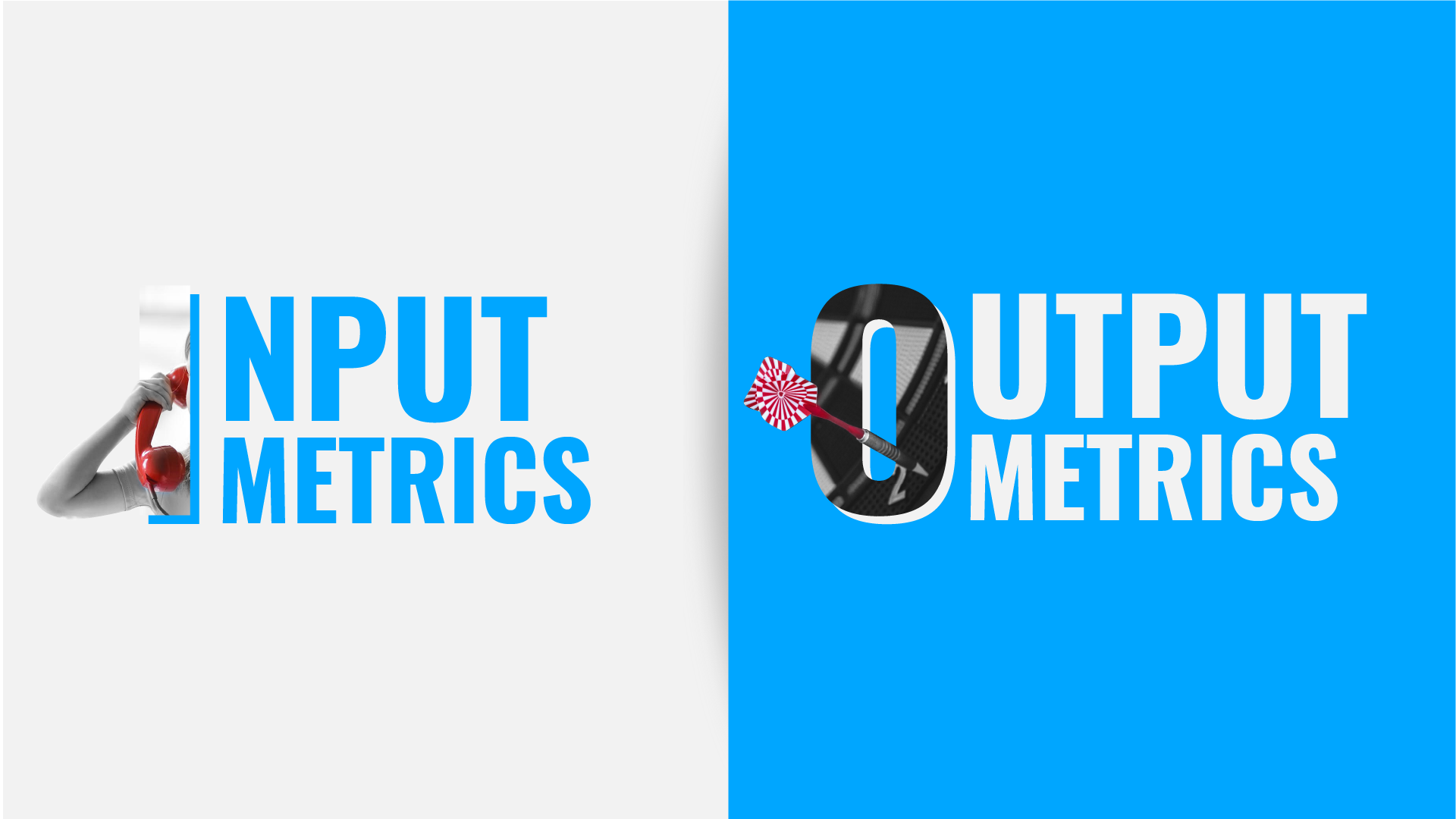When you start a small business, you want to plan to operate in the long-term. That means knowing how much profit you want to invest back into raw materials, employee salaries, and maintenance. You also want to know how viable your product will be in several years’ time. If you need to make a change before the New Year, your employees and manufacturing sources would rather know sooner as opposed to later.
Pleasing investors and venture capitalists are also important. You want to know if people want to give you the capital you need to expand and grow. Investors want to get a return on their initial percentage, and seeing the numbers will convince them.
Cash flow management is also important. Employers need to know if they can afford to hire a new person and if they have money to pay bills in a few days. A sudden emptied bank account and cause a business to stop, permanently.
You also need to know how much you receive in salary as an owner. Tracking this Key Performance Indicator helps measure your value, as will knowing the Labor Effectiveness Ratio when you want to hire more people.
Fortunately, accounting services have developed various means of helping you determine long-term plans. That way you can anticipate the costs of future salaries and commissions, as well as foresee any sudden drops in cash flow.
Financial Forecasting
Financial forecasting gives business owners an insight into their cash position in the future and brings more opportunities for the business. Good financial forecasting is not merely an assumption but also a roadmap, which makes sure you are on the right track and anticipate any roadblocks you may encounter while moving things toward. Not to mention if any investor sees that you can accurately predict your future, then you can convince them to inject more capital into your cash flow. 
DeepSky believes that one common mistake that many accountants make is setting too many goals and overly detailing their forecasts. We can’t predict every aspect of the sales cycle and factoring in the unknowns will help measure your business health in the long-term. What’s more, you spread your resources too thinly on multiple goals. You end up accomplishing nothing.
Instead, set a single goal for the first six months of your fiscal year. This can be as simple as turning a profit or wanting to reach a certain sales volume. Then you decide on your top five priorities to reach these goals. Having little steps to reach big milestones will add up over the year and increase profits. Dictate the goal towards your sales team and any outsourced accounting services you use. That way everyone is on the same page.
Suppose you want to increase your profits by one thousand dollars. How are you going to reach that goal? First, define your priorities. A larger sales team can be one; you may want to budget for hiring and figure out the added value of an individual minus the costs of hiring. Another priority may be increased distribution; you want to total the costs of future shelf fees in retail stories or for manufacturing.
You can do financial forecasting by hand, but we do not recommend this process. While pen and paper can help with breaking your mindsets or solve a problem, computer programs are faster and more efficient at generating models.
Types Of Financial Models
Microsoft Excel is a good starting program, but we recommend that you hire a professional accounting service that can use specialized software. Even so, there are several basic financial forecasting models that you can follow.
Straight Line
This is the simplest method that relies on historical data. You look at the previous year’s revenue, multiply it by a growth rate also calculated by historical numbers, and use that as your prediction. It’s simple and another word for it is linear.
Straight-line works when you feel that you are facing steady growth and want minimal fuss on forecasting. You can get a ballpark for how you are doing.
Linear Regression
If you want to figure out sales means and averages, you can also use this common method. Rather than rely solely on past sales, you also look to see how independent and dependent variables relate to each other. Independent variables are the input, where you make the change in the model. You have to decide if they are random or not, say if they are natural disasters. Dependent variables are the output and the results of your changes.
Linear regression helps you determine what external factors like a country’s GDP or a decrease in raw materials will affect your profits. You can measure the likelihood of more or fewer consumers buying your products. That way you can anticipate growths and slumps within a designated fiscal year. 
Moving Average
Sometimes your average growth will not stay constant. It may fluctuate, but you want to keep your data relatively simple. You want to know what your mean revenue will be over a shorter period of months.
You simply calculate the average revenue for a designated amount of months and use that to project future returns. To achieve an average, you add up the total and divide by the number of months. Then use the result for your forecasted revenues. Since you have to recalculate for each upcoming month, you can measure fluctuations on a smaller scale.
Get Your First Model From DeepSky
DeepSky wants to help you design the financial future that you want. Our outsourced accounting services are designed to help you We have developed specialized programs to help you meet the goals that you reach and develop a mathematical projection.
Contact us today to get started. We will be very happy to help you with your financial projection models. Get help from the best experts in accounting, at a price that fits your budget. DeepSky will help you find the perfect model for your business.


